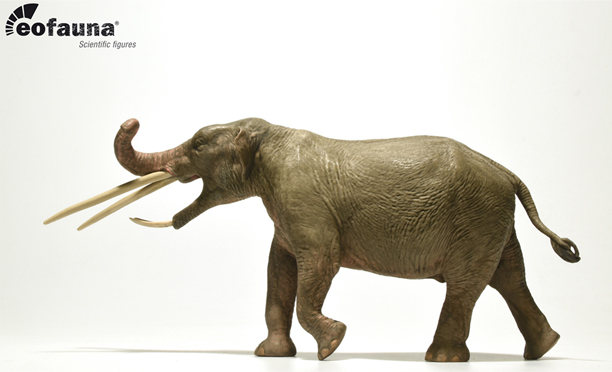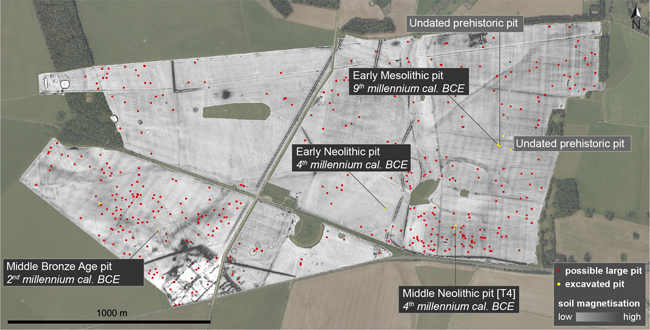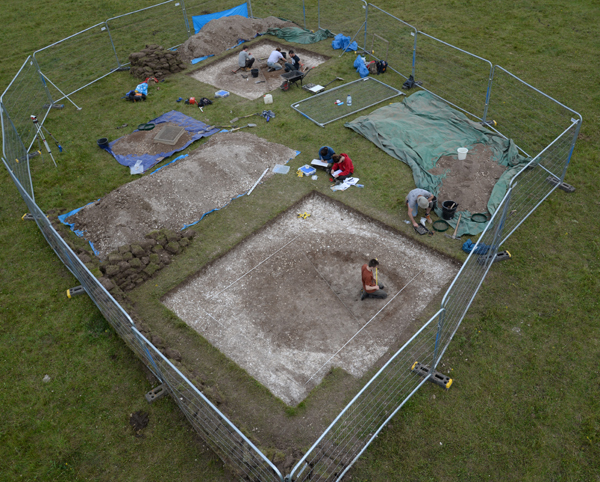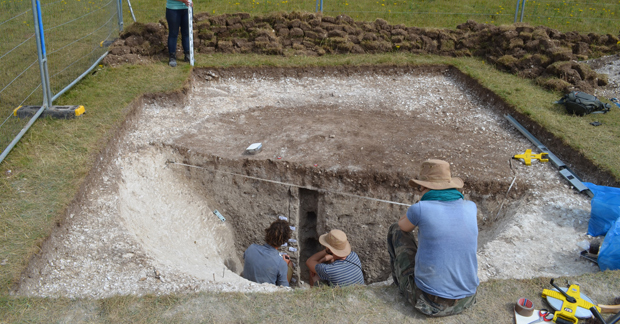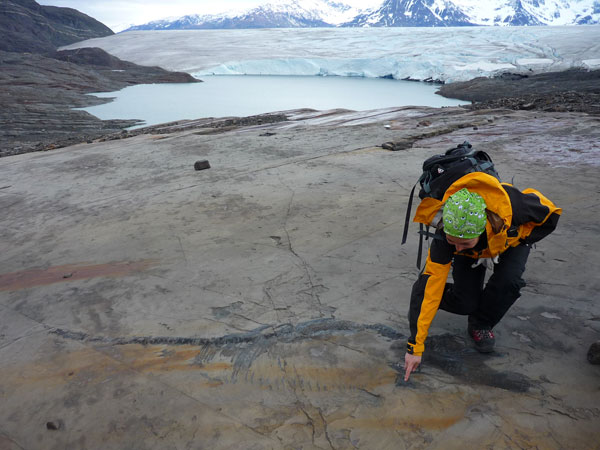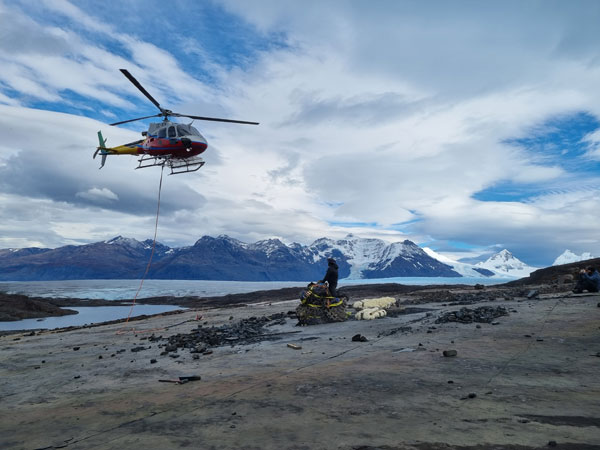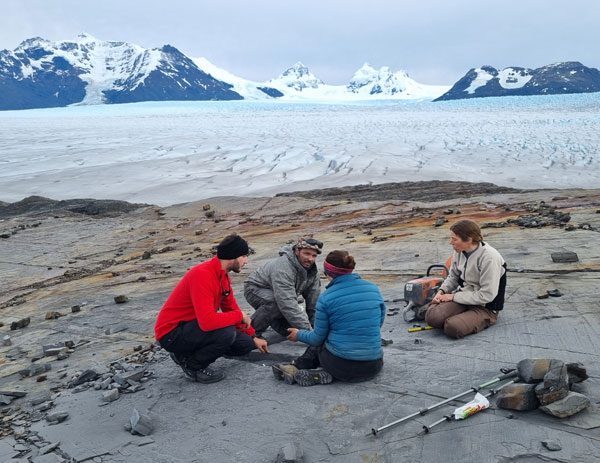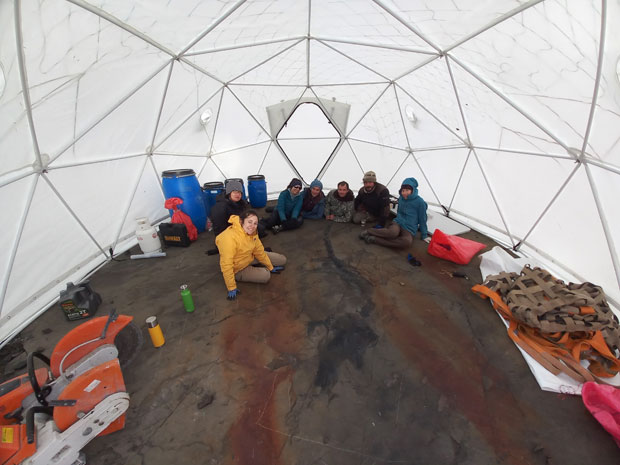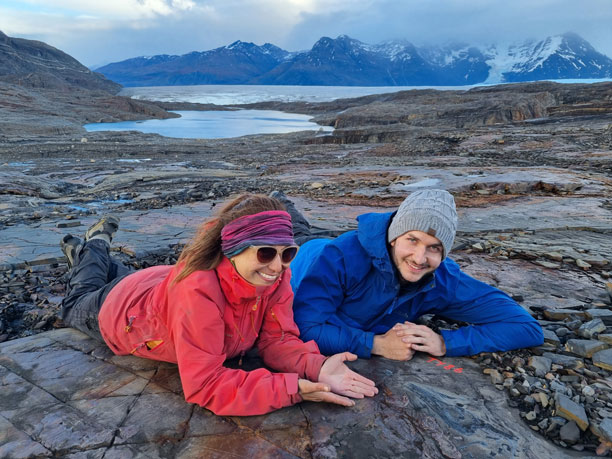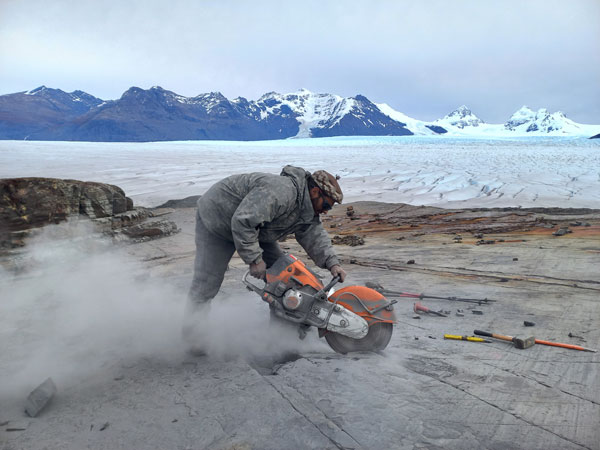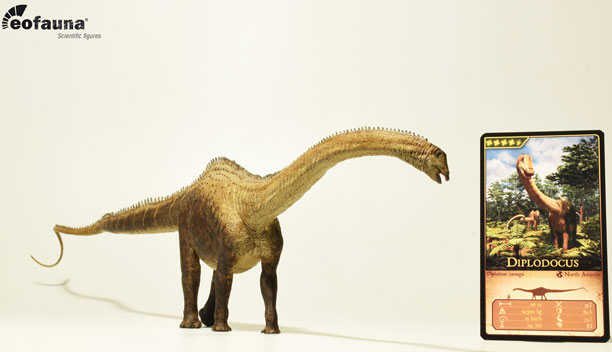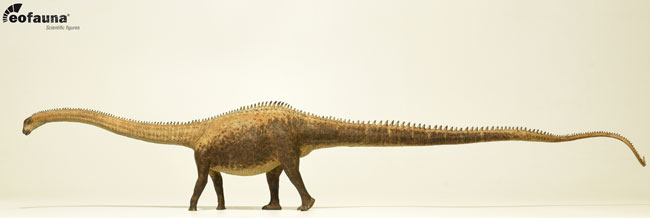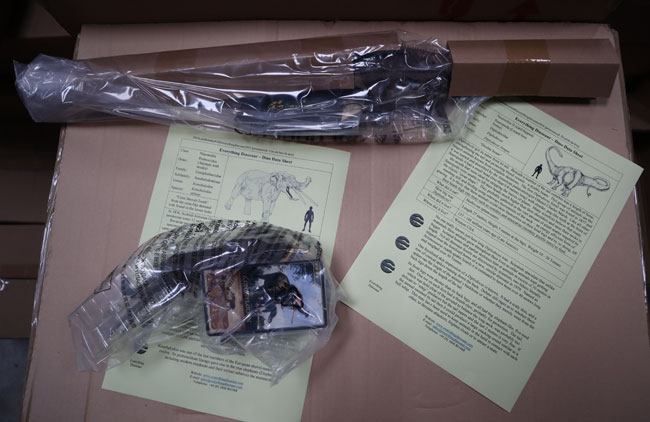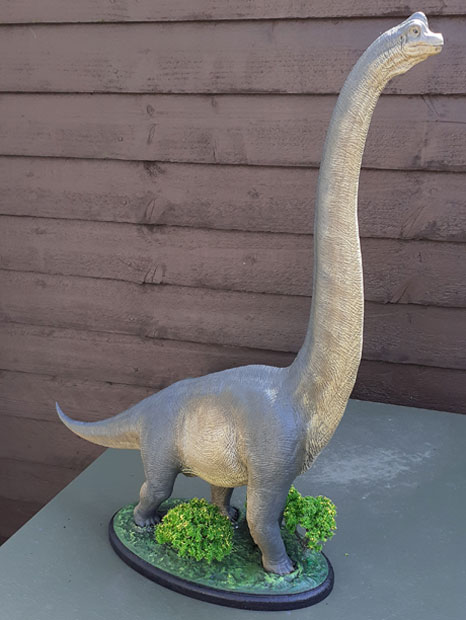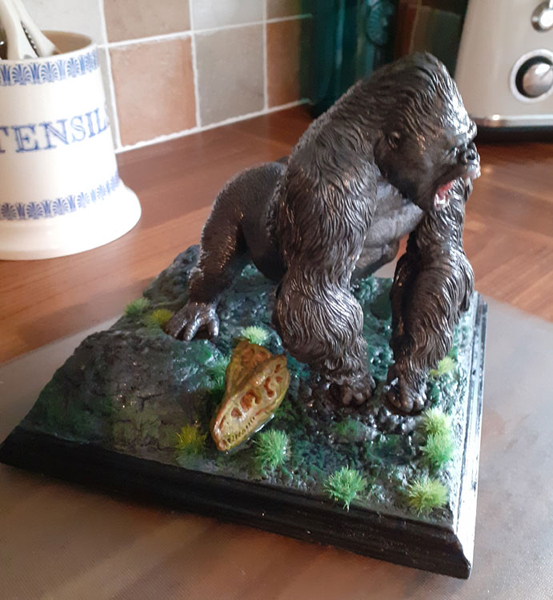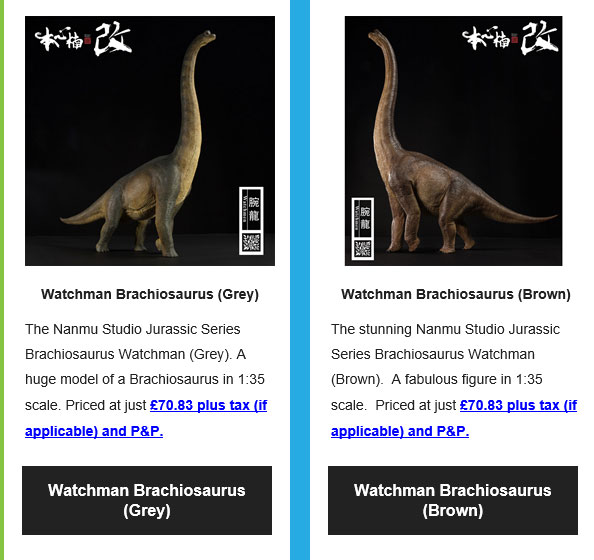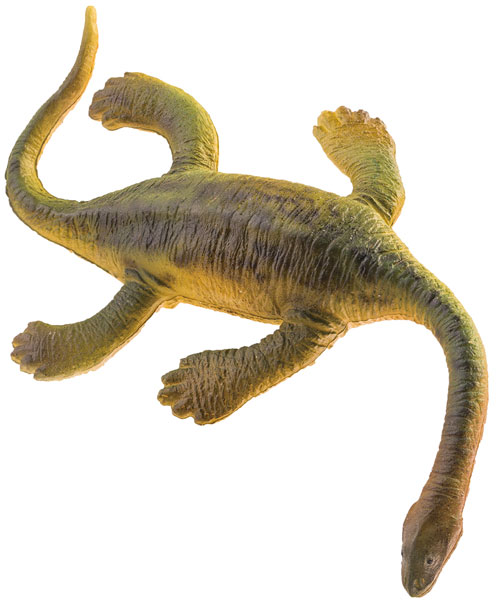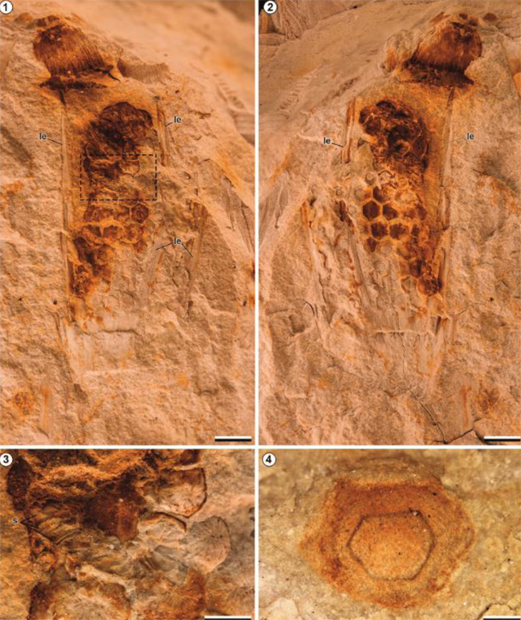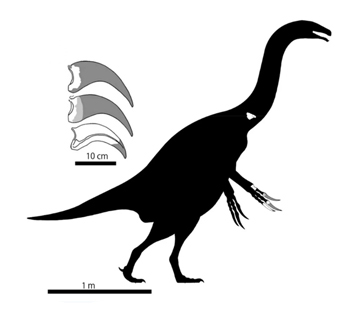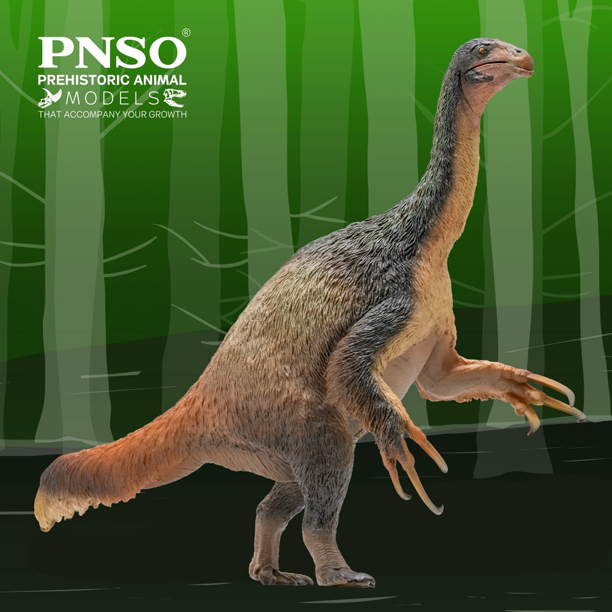The Remarkable Eofauna Konobelodon atticus is Reviewed
Our thanks to prehistoric animal fan and model collector William who sent into Everything Dinosaur a review of his recently purchased Eofauna Konobelodon atticus figure.
William wrote to Everything Dinosaur commenting on how well packaged his parcel had been. The Konobelodon atticus is the fourth prehistoric figure released by Eofauna and he praised the scientific accuracy of this exciting range.
Konobelodon Reviewed
William began his review by explaining that the skull was longer and lower than those of modern elephants. He compared the Konobelodon head to other extinct proboscideans such as mastodons and gomphotheres. He highlighted the position of the eyes and the orbits set deeper and protected by a ridge of bone.
William summarised how these prehistoric elephants got their nickname “Shovel-Tuskers” and postulated that due to the observed pattern of wear on the tusks, the lower tusks were probably used to rasp the trunks of trees in order to feed on the bark.
William praised the trunk on the Eofauna model, commenting that it looked very natural and with the tip of the trunk swaying to the left it gave the impression that this elephant was either feeding or drinking.
The reviewer added:
“As with all the Eofauna Proboscidea no detail is missed on the mouth from pink tongue to the tusks and the nasal openings. There are two, beautiful, pale yellow eyes that even in miniature form seem to portray the Proboscidea as having wisdom and compassion.”
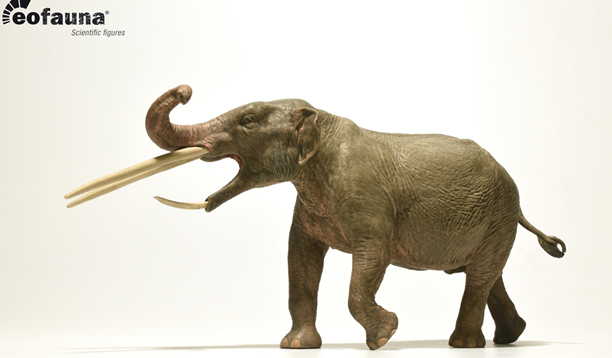
The Eofauna Scientific Research Konobelodon figure is in approximately 1:35 scale. Originally named in 1857, Konobelodon atticus has had a long and complicated taxonomic history. William praises this figure for its scientific accuracy.
Roaming the Savannah or Forest
The body is described as being long and robust, typical of the Amebelodontinae. William points out that old illustrations of this animal depicted it as a sprawling hippo-like swamp dweller. The Eofauna Scientific Research replica is a modern interpretation, this model would not be out of place roaming a savannah or forest.
William stated:
“This is all down to Eofauna’s painstaking research to create the perfect accurate model.”
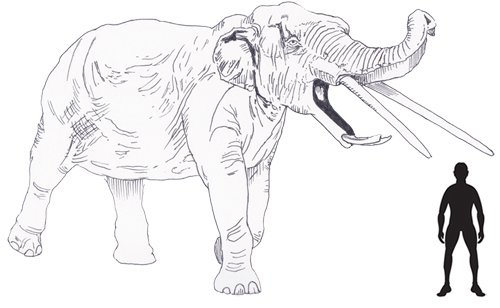
A scale drawing of the Late Miocene prehistoric elephant Konobelodon atticus. Picture credit: Everything Dinosaur.
Picture credit: Everything Dinosaur
The Everything Dinosaur website: Prehistoric Animal Figures and Toys.
Information About K. atticus
William remarked that the model’s colour scheme was similar to the colouration seen today in extant Asian elephants with a mixture of splashes of pink and fleshy tones on the ears, chest, forehead and trunk.
The toenails have had the same pink and grey wash applied and the tuft of black hair on the end of the tail was singled out for comment by the reviewer.
William provided the model’s measurements:
Scale: 1/35.
Height: 4 inches.
Length: 9 inches.
A short history of the discovery of the first Konobelodon fossil material was provided encompassing the role played in the discovery by the historian John Finlay, soldiers in the army of the Bavaria that occupied Greece and how the fossils came to the notice of the German palaeontologist Johan Andreas Wagner.
Epoch: Miocene 15–10 million years ago.
Geographical Range: North America, Europe and China.
Weight: 9-10 Tons.
Height: 12-13 Feet.
Length: 26 Feet.
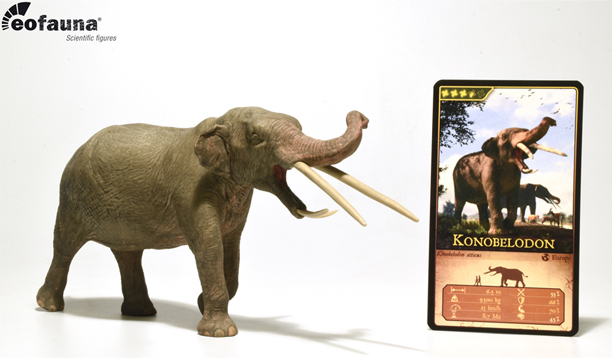
The new for 2022 Eofauna Konobelodon atticus model is supplied with a data card and Everything Dinosaur will also provide a product fact sheet with sales of this figure.
William concluded his review by stating that in his opinion the Eofauna Konobelodon prehistoric elephant model was a “masterpiece” and he praised Everything Dinosaur for their excellent customer service and the swift delivery of his order.
Our thanks to William for sending into Everything Dinosaur his Eofauna Konobelodon model review.
To view the range of Eofauna models in stock at Everything Dinosaur: Eofauna Scientific Research Models.


